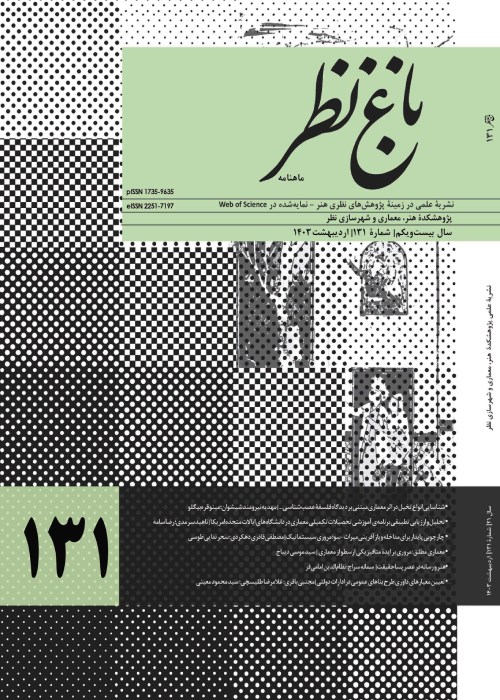Evaluation of Effective Physical-Spatial Patterns in Creation of the Vernacular Housing Texture of Sufian Neighborhood in Boroujerd, Iran
Absence of identity, lack of attachment to a place, and ignorance of history, nature, and climate, have created diverse problems for the architecture of different regions. A practical solution to improve the architectural condition is to study the vernacular architecture and the original architectural patterns in every region. The vernacular architecture reemphasizes the valuable architectural and cultural background of that region. In addition, the recognition and introduction of architectural patterns can resolve many cultural, social, and developmental needs in that region. Some places in the geographical area of Iran, despite their rich architectural background and valuable buildings, are less known and studied. Boroujerd city in Lorestan province is one of these areas.
This study aims to identify and categorize the physical-spatial factors used in vernacular buildings of the Sufian neighborhood in Boroujerd and to evaluate their impact on vernacular buildings.
A combination of two research methods was used in two steps in this study. In the first step, the descriptive-analytical method was used to understand the physical-spatial patterns. In the second step, the TOPSIS method was used to evaluate the recognized patterns. Moreover, bibliographic research using related documents and resources, field observations, and questionnaires were used as the research tools.
This study seeks to identify the spatial-physical patterns used in vernacular housing of the Sufian neighborhood. These patterns include spatial building components, decorations, building materials, and climatic features. Finally, using a questionnaire and TOPSIS method, it is determined that the most significant physical-spatial patterns in vernacular housing of the Sufian neighborhood in Boroujerd are the building materials and construction techniques.
The result of this study is the classification of physical-spatial patterns of constructions of buildings in Boroujerd city, which include spatial constituent elements, decorations used in native buildings, building materials of different parts of the building and effects A climate is created in the emergence of indigenous buildings in the Sufi neighborhood of Boroujerd, and finally the most important patterns are identified separately using the TOPSIS method.
- حق عضویت دریافتی صرف حمایت از نشریات عضو و نگهداری، تکمیل و توسعه مگیران میشود.
- پرداخت حق اشتراک و دانلود مقالات اجازه بازنشر آن در سایر رسانههای چاپی و دیجیتال را به کاربر نمیدهد.





